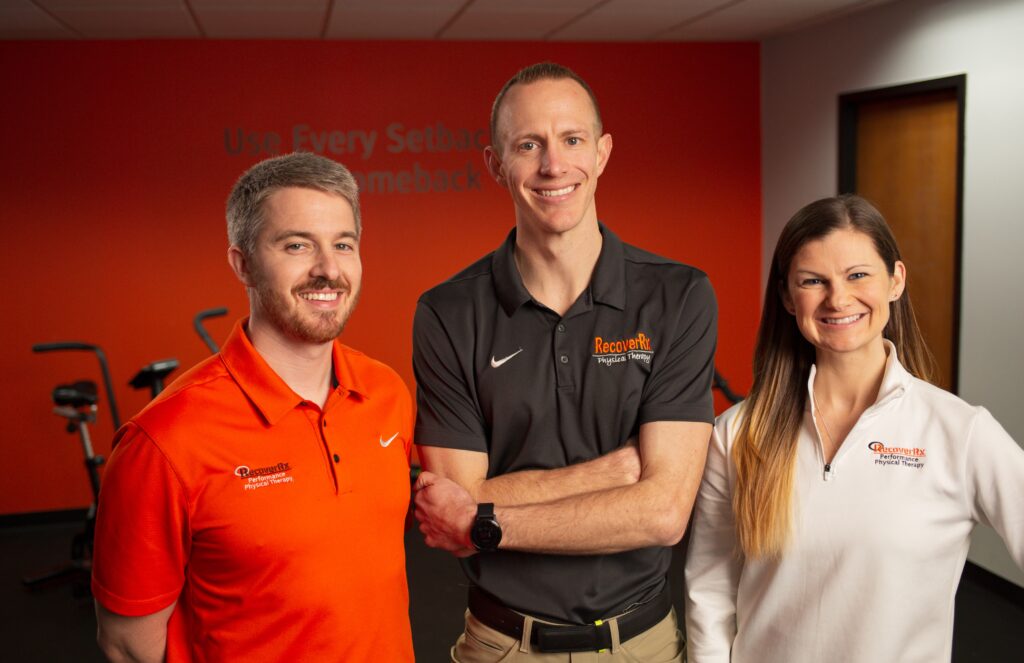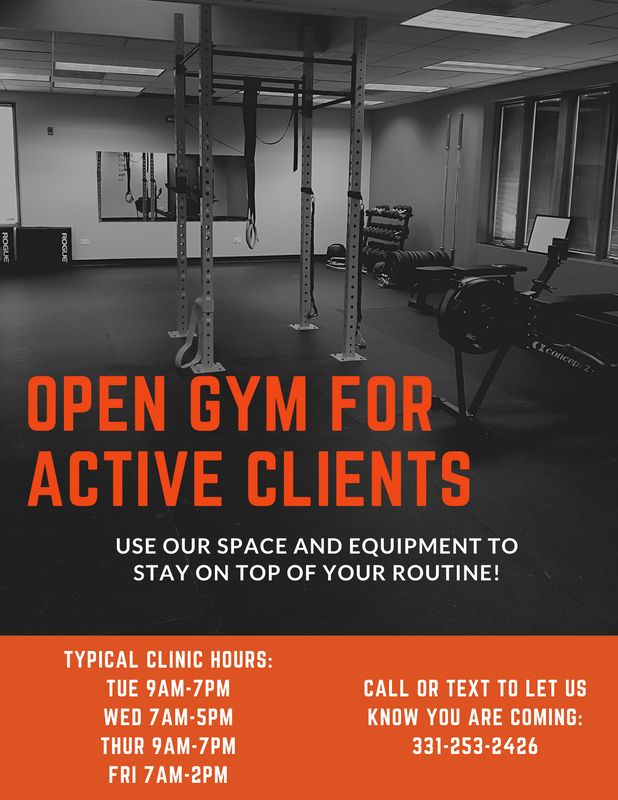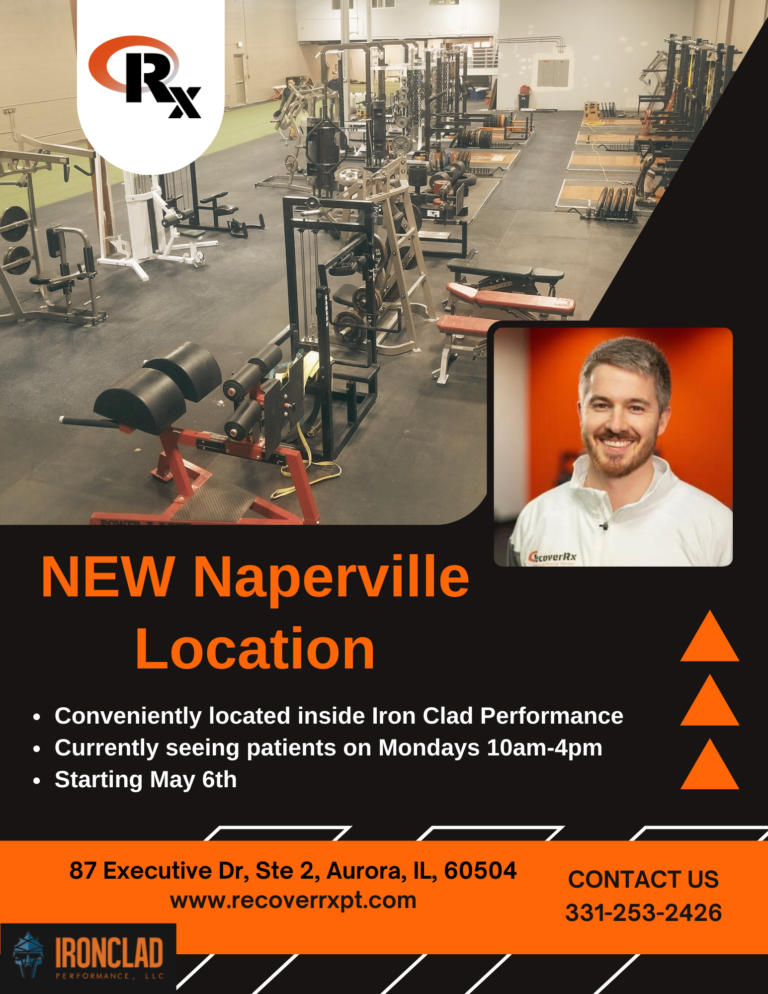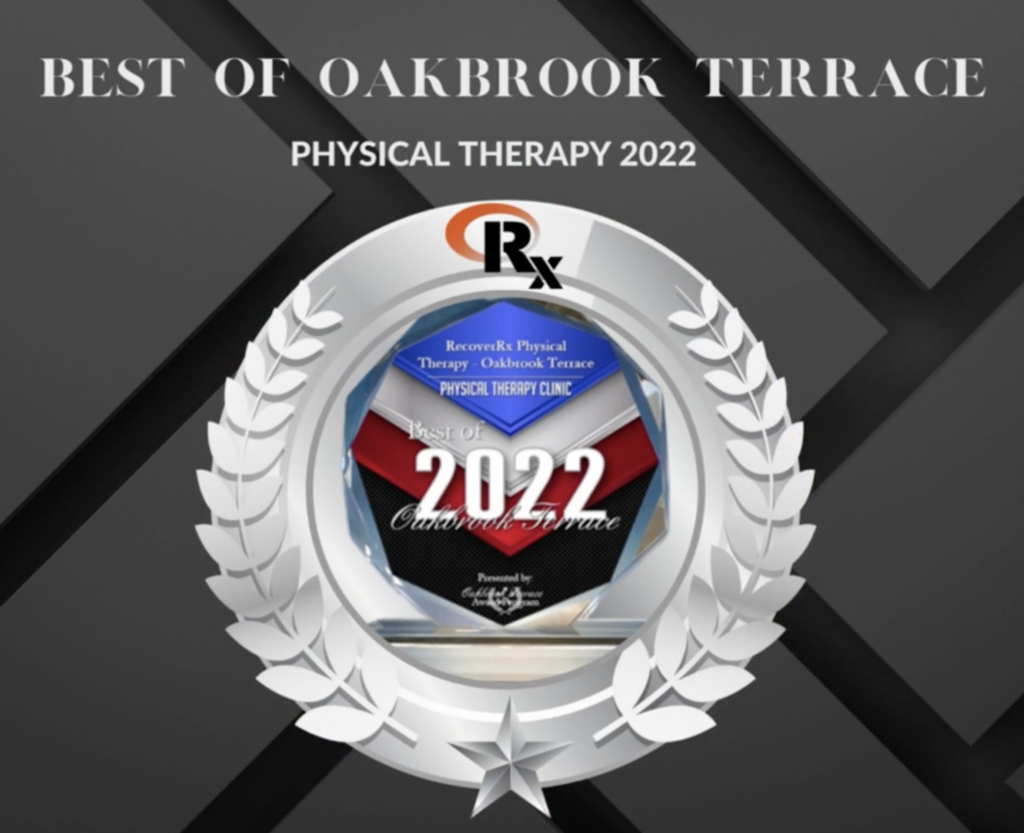We are currently in a day and age, where people want to know exactly what is going on with their body and the “why” behind it. We want answers and we want them now. Look at the increasing number of “wearable technology,” DNA tests, rapidly accessible blood panels, and different imaging scans available. This is especially true when it comes to pain and lack of performance. Many times when an injury occurs in an area of the body or lack of strength or mobility is apparent in a certain area, we have tunnel vision in looking only at the area directly related to where the pain or lack of strength is located. Many times the area of pain or weakness is not the source of pain or weakness. Where should we be looking and why?
Think about this, 26 bones, 33 joints, and over one hundred small muscles and small tendons; and that’s just one of them. The human foot is one of the more intricate, complex and fascinating parts of the human body.
I mean we really only get 2 of these things to walk on for the entirety of our human existence. These are the two things that keep us in contact with the Earth. They are our main connection, but do we really pay attention to this connection? Are we in tune with foot/ground connection and how it plays a role in our every day function as well as performance in whatever sport we like to partake in.
There are many reasons why we need to pay attention to our foot and ankle in this kind of way.
1. THE FOOT/ANKLE COMBINATION IS VERY INTRICATE (warning: some boring anatomy here)
The foot is a well oil machine, working behind the scenes to keep the rest of the body centered and stabile. It is considered the densest area of our body relative to size. The combination of so many small bones, joints, muscles, ligaments, and tendons allow for the multiplanar responses of moving the toes up and down, ankle forward and back, side to side, splaying toes in and out, and rotation of the ankle and arches. These adaptive movements allow for the functional demands of walking, running, jumping, and living your life.
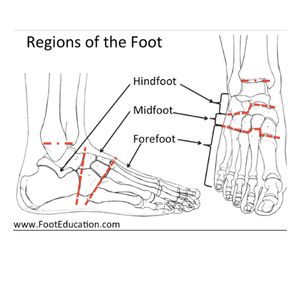
The ankle, although less intricate than the foot, is responsible for the propulsion motion of walking and running. Consisting of the talocrural joint and the tibia, fibula, and talus as well as many muscles and ligaments. The ankle also is very important in balance.
The foot is traditionally divided in to three regions; the hindfoot, the midfoot, and the forefoot. The hindfoot contains the talus and the calcaneus (including the transverse tarsal joints). The midfoot begins at the transverse tarsal joint and extends to where the metatarsals begin and includes the navicular, cuboid and three cuneiform bones. The mid foot is generally a little less mobile than the hind and forefoot. The forefoot contains the metatarsals, phalanges, and sesamoids. There are 21 bones in the forefoot!
In addition to those regions, the foot also has a span of arches in three different planes. One that sits on the inside, one on the outside, and that travels across. They act as shock absorption and are generally what we are referencing when we talk about having “high arches” or “flat feet.”
There are a wide variety of foot shapes and sizes that create a myriad of different gait patterns out there. Knowing where you are on a basic level will be very important in your understanding of risks for injury down the road.
2. CONNECTED AS A WHOLE
Early on in our lives, are structure was free and influenced by our social interactions and parent teachings. Were we put in shoes early as kids or allowed to move around barefoot? Were we outside often or mostly indoors on even surfaces? Were our parents cautious with our movements or more liberal? These environmental factors play a large roll in our structure and dynamic function as we move through our childhood, adolescents, and in to adulthood. By then we have a general since of what our foot structure is going to look like for the remainder of our lifetime.
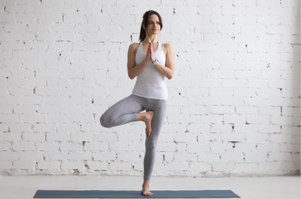
Did you know?? with the steady rise in human size and obesity over time, the foot has grown on average by almost two sizes. Most likely due to the need to absorb the increase in weight more efficiently. Each time we take a step we exude a force on the ground and the ground returns and equal and opposite force to us. In walking, we must overcome that force to propel forward (the same in running, just slightly different mechanisms). That force return can range from equal (walking) to up to 6-7x in running and dynamic tasks. With the 10k step a day goal, you are looking at exuding hundreds of tons of force a day through that foot. So, is your foot strength prepared for that? Do you have an adaptive advantage or disadvantage to except these loads? These are the things you should be asking yourself.
Well, we don’t necessarily strengthening our foot like we would our quads with a squatting, or our biceps with curling, but we strengthen the foot with letting it interact with the ground and respond to demands put on it in different settings and environments. The foot is intuitive with its connection to the central nervous system, building motor patterns and responsive memory via the sensors in the foot and building that library over time to adapt to the demands required. But what are your demands these days? For many humans, that involves being in shoes in a concrete setting without much stimulation.
So are you stimulating and strengthening your foot??
3. USING IT OR LOSING IT
No saying could be more true when it comes to the human body. In regards to our feet, the progression to footwear and shoe technology over the years and movement from outdoor living to indoors have lead to less need for the foot to interact with the environment. Simply put, we are not challenging our feet the way they were designed to be challenged, and therefore are losing the adaptability and resilience of the foot as it was designed for.
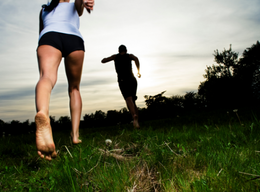
We know that if we can bench press 185 lbs, but spend 2 years not benching pressing at all or using the muscles that are involved with the bench press then we will likely lose strength, motor coordination, and endurance with the bench press. Well slowly but surely, we are losing the foot intrinsic and calf strength need to support our feet in demanding environments. We are loosing the proprioception needed to respond to stepping on tree roots, and rocky edges, and uneven terrain. We are loosing the muscular endurance to support the arches in the foot over long periods of time because footwear has been designed to externally support the arch.
So what should we do? Stop wearing shoes and wondering out in nature barefoot for days? No we don’t have to become nomadic forest people, we just need to start letting our foot work like it was designed on a daily basis. If not, you’ll continue to lose it as you age, injury will occur as will loss of function.
4. INJURY AND PAIN
There is no doubt that many if not all of you have experienced some sort of foot or ankle pain over the course of your life. Whether that be as simple as some achy feet after a long day of hiking or walking around a mall or the severe Grade III ankle sprain during a pick-up basketball game. Whether you like it or not, there will more than likely be another instance where you experience foot or ankle pain again in your life.
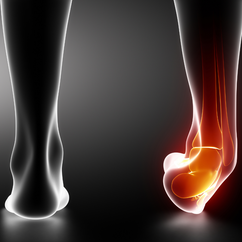
The fact is though, is that you do have the ability to mitigate your risk of injury down the road and hopefully chronic pain and limitations that might require more expensive and invasive intervention like injections or surgery? These typically lead to time off from sport or exercise and can be a route to additional surgery in intervention in the future. There are many instances where surgery is appropriate (rigid structural deformity, neurological conditions, severe degenerative conditions, or trauma) but in general should be your last option.
Putting in the work and effort to restore your foot ground connection, performing maintenance stretching and mobilization, giving your foot the exposure it needs to unpredictable environments over time without the use of footwear can set you up for success down the road. Again, yes shoes still are important, inserts and orthotics have a place, and medical management is there if you absolutely need it.
Here’s my experience……..
Having battled many ankle injuries over the course of my life, I have begun to realize how important the foot and ankle complex is to function. I mean we really only get 2 things to walk on for the entirety of our human existence. These are the two things that keep us in contact with the Earth. They are our connection, but do we really pay attention to this connection? Are we in tune with foot/ground connection and how it plays a role in our every day function as well as performance in whatever sport we like to partake in. Certainly in the running community, foot health does take a front seat, but mostly in the form of what footwear we should buy or what orthotics we need. Rarely do we discuss foot intrinsic strengthening, ankle and foot mobility and stability exercises, or simply performing mindfulness techniques to reinforce the foot ground connection that we experience every day (or at least the time when we aren’t in shoes).
I was set up with a more rigid foot “pes cavus” structure. Literally meaning “Hollow Foot.” Although this more rigid system set me up with a more athletic foot and ankle chain, it placed me on a path for chronic lateral ankle sprains throughout my basketball and soccer career. As these injuries continued to occur, I was told that I needed to just tape my ankles all the time and work on strengthening the muscles that support the ankle from “rolling.” Well guess what, this didn’t really prevent these instances from continuing to occur. It wasn’t until my late 20s when I was told that my MRI resembled that of a 70 year old with severe arthritis in his ankle as well as all my ligaments surrounding the ankle being torn, that I realized I could have addressed this earlier. I could have been more in tune with my body, more in tune with my foot/ground connection, worn shoes less, and more focused on solving this issue from the ground up, beginning with the foot musculature and mechanics.
So you may ask what specifically should I do to improve my foot intrinsic strength, improve my mindfulness, and increase my ankle mobility and strength going forward. Well here are some basic tips.
- Give your toesies and break and let your foot get some real world experience. Expose them to different textures, environments, temperatures, and loads.
- Give them some love by doing something nice for them daily. Roll them out, stretch them, and give them some heat.
- SPEND TIME BAREFOOT outside your home.
- Don’t be afraid to go outside the norm. Ask questions and seek out professionals that know what they are talking about. Develop a Rockstar team for your body to keep it performing optimally
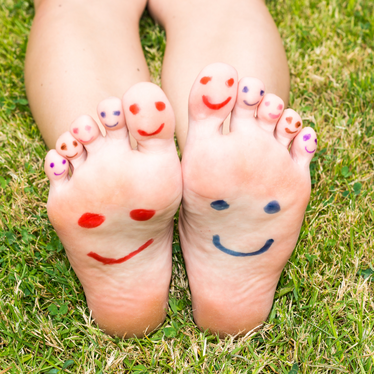
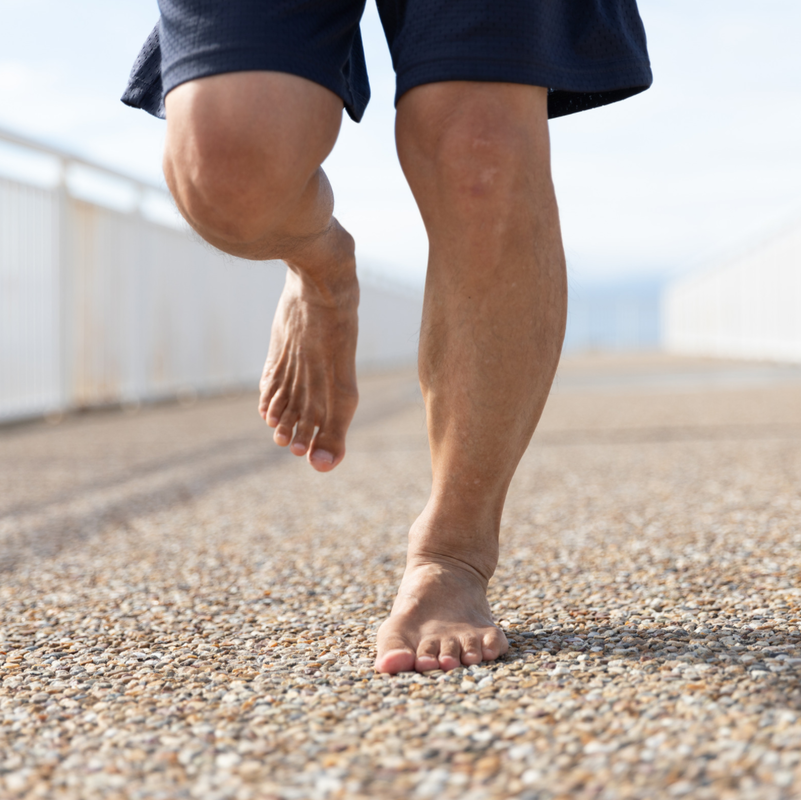
If you are interested in getting our top 5 exercises for improving your foot and ankle mobility and increasing your strength. Just fill out the form below and you get all that for FREE.
At RecoverRx Physical Therapy, we work with Athletes of all ages on a daily basis to get out of pain and back to doing the things they love!
References
- France, Diane L. (2008). Human and Nonhuman Bone Identification: A Color Atlas. CRC Press. ISBN 978-1-4200-6286-1.
- Marieb, Elaine Nicpon; Hoehn, Katja (2007). Human anatomy & physiology. Pearson Education. ISBN 978-0-321-37294-9.
- Platzer, Werner (2004). Color Atlas of Human Anatomy, Vol. 1: Locomotor System (5th ed.). Thieme. ISBN 3-13-533305-1.
- “Anatomy of the foot and ankle”. Podiatry Channel. Archived from the original on August 31, 2009. Retrieved August 21, 2009.

